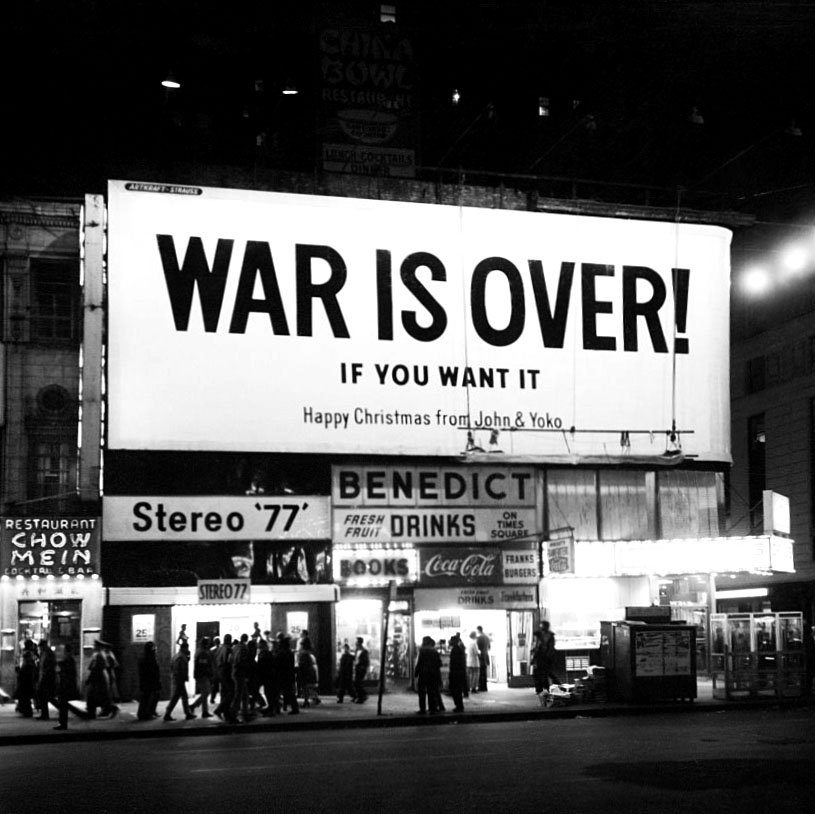In the early 1990’s, post-modernism escaped from the constraints of art and design institutions and was embraced by marketers searching for the elusive elixir of cool. The gap between progressive educational theory and mainstream professional practice appeared to have been bridged. There was, however, a growing realization among a new generation of late modern designers that style and content (i.e. form and function) are equally important to good design. Today’s new pluralism in design is the response to the greater multiculturalism of global society and the desire of designers to develop their own unique style. Many designers are challenging the traditional notions of beauty with provocative works expressing radical ideas.
The majority of today’s graphic designers have been inspired by art and film and have incorporated these disciplines into their work, leading in turn to a broader interpretation of what constitutes as graphic design. Designers have developed close associations with the art world, but their work is typically constrained by client criteria and therefore cannot match the creative freedom of fine art. Increasingly designers are therefore self-subsidizing experimental work that allows them to express their creatively individuality. There is a growing number of designers producing text-based work, with a single powerful message. Often this directness is the outcome of the communicator who stands for an ideal and wants to express it with the utmost clarity (remember John Lennon and Yoko Ono’s “War Is Over” billboard of the early 1970’s?) Since the early 1990’s “subvertising” with its jamming of corporate messages has displayed a communicative directness in its attempt to spearhead an anti-globalization revolution. There is now a growing realization that simplification is often the best way to filter the message from a sea of trivial “noise”, and that graphic designers are evolving into information architects, creating tools that help users navigate the currents of the digital age.

